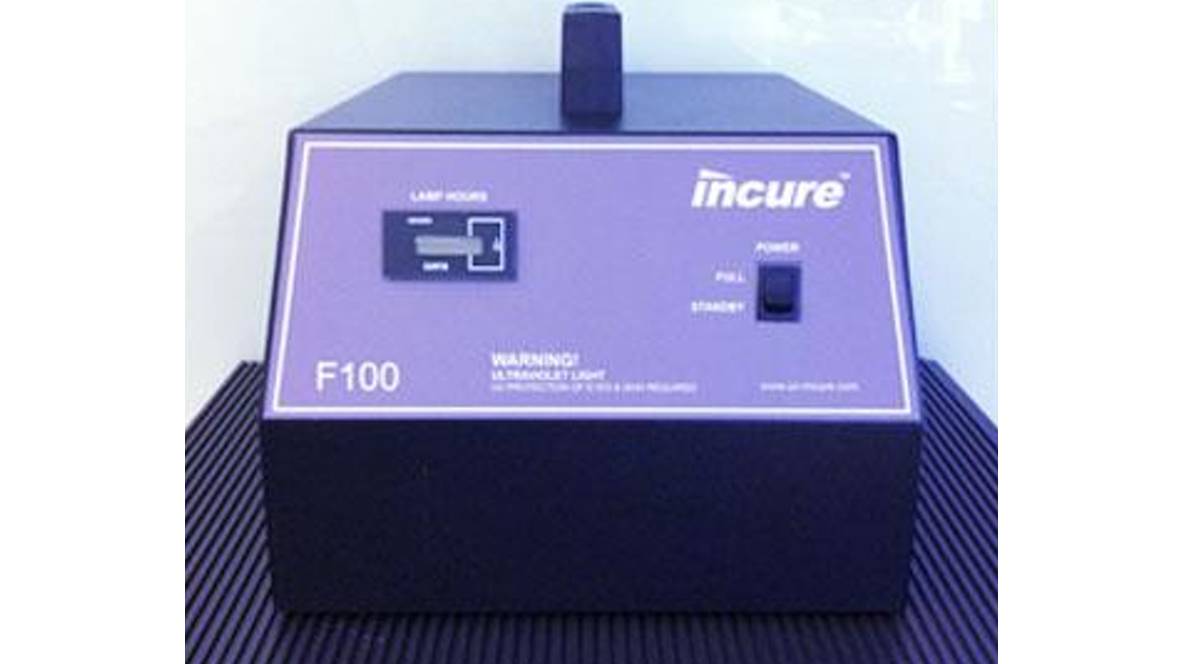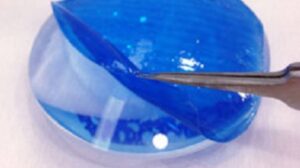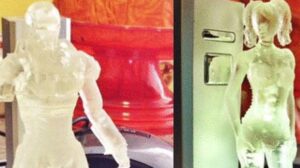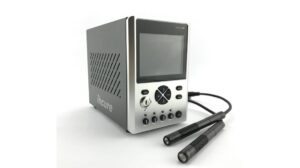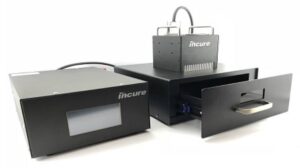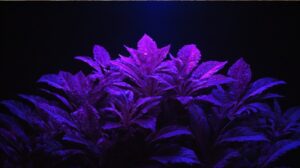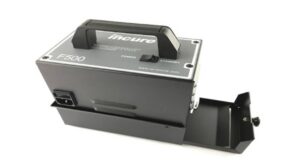In today’s manufacturing landscape, speed and precision are paramount. Compact UV flood curing lamps emerge as powerful allies, offering a focused and efficient solution for light-curable materials. Let’s explore the advantages, diverse applications, and key factors to consider when choosing the right compact UV flood curing lamp for your production needs.
Advantages of Compact UV Flood Curing Lamps:
- Fast Curing Speeds: UV flood curing utilizes ultraviolet light to rapidly cure adhesives, coatings, and inks, significantly accelerating production processes compared to traditional methods.
- Space-Saving Design: Unlike larger curing systems, compact flood lamps offer a smaller footprint, making them ideal for applications with limited space or integration into existing production lines.
- Versatility: These lamps can be configured with various wavelengths and intensities to accommodate a wide range of light-curable materials.
- Ease of Use: Operating a compact flood lamp is typically straightforward, often requiring minimal setup and training for operators.
- Energy Efficiency: Compared to traditional curing methods, UV technology consumes less energy, contributing to a more sustainable production environment.
Applications of Compact UV Flood Curing Lamps:
- Small-Batch Production: Compact lamps excel in curing small batches of products, making them ideal for prototypes, short runs, or on-demand production.
- Selective Curing: The focused beam of these lamps allows for targeted curing of specific areas on a product, offering greater control over the curing process.
- Bonding and Sealing: UV flood lamps are well-suited for bonding components, sealing enclosures, and applying protective coatings in various applications.
- 3D Printing Applications: Certain post-processing techniques in 3D printing utilize UV flood lamps to cure light-sensitive resins, enhancing the final product’s strength and durability.
- Repair and Restoration: These lamps can be used for localized curing applications, such as repairing small cracks or bonding components during restorations.
Choosing the Right Compact UV Flood Curing Lamp:
Selecting the most suitable compact UV flood lamp requires careful consideration of several factors:
- Wavelength: Choose a lamp with a wavelength compatible with the specific light-curable material you’re using.
- Intensity: The intensity of the UV light determines the curing speed. Consider your production needs and choose a lamp with sufficient intensity for efficient curing.
- Curing Area: Select a lamp with a curing area that effectively covers the area you need to cure on your products.
- Ease of Integration: Consider how the lamp can be integrated into your existing production line or workflow.
- Safety Features: The lamp should be equipped with safety features like light shielding and interlocks to protect operators from UV radiation exposure.
Additional Considerations:
- Lamp Life: Different lamps have varying lifespans depending on usage and maintenance. Factor in replacement costs when making your selection.
- Cooling System: Some lamps generate heat during operation. Choose a model with an integrated cooling system for optimal performance and longevity.
- Maintenance Needs: Regular cleaning and replacement of UV bulbs are essential for maintaining lamp effectiveness. Consider the maintenance requirements of the lamp before purchasing.
Conclusion:
Compact UV flood curing lamps offer a compelling solution for manufacturers seeking to streamline production processes and achieve fast, precise curing of light-curable materials. By understanding their advantages, diverse applications, and key selection criteria, you can choose the right compact UV flood curing lamp to enhance your production efficiency and product quality.
Discover the perfect Incure UV Flood Curing System for fast, uniform curing of large surfaces. Click here to explore our extensive range of options or Contact Us for personalized recommendations on size and power. Visit www.incurelab.com for more information on Flood Curing benefits.
